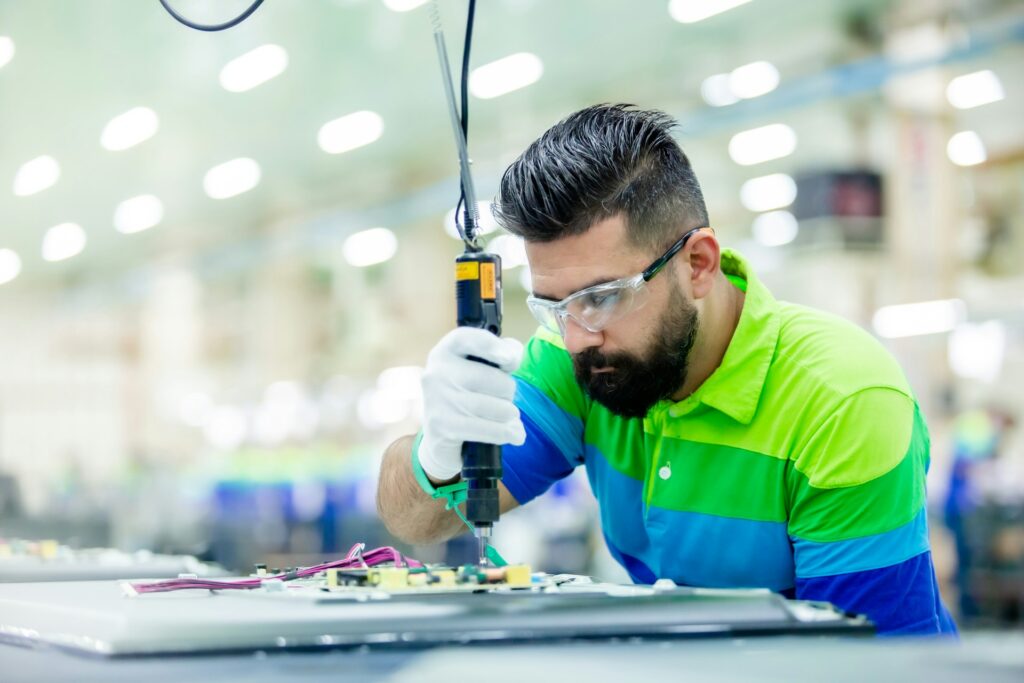Navdeep Arya, a postdoctoral researcher at Stockholm University, together with Akhil Deswal, a Ph.D. candidate at the Indian Institute of Science Education and Research Mohali, has proposed a new way to detect one of physics’ most elusive predictions: the Unruh effect. Their theoretical framework, developed in collaboration with Kinjalk Lochan and Sandeep K. Goyal of IISER Mohali, offers a practical route to convert the faint quantum signature of the Unruh effect into a measurable flash of light.
Deswal, A., Arya, N., Lochan, K., & Goyal, S. K. (2025). Time-Resolved and Superradiantly Amplified Unruh Effect. Physical Review Letters, 135(18), 183601. https://doi.org/10.1103/6z1l-kkmk
The Unruh effect predicts that an accelerating observer would perceive what appears to be empty space as slightly warm, a phenomenon deeply connected to quantum field theory and relativity. However, verifying it experimentally has proven nearly impossible. The accelerations required to produce measurable warmth are astronomically high, far beyond what can currently be achieved in laboratory settings. Arya and his colleagues, instead of trying to directly detect this weak radiation, propose amplifying its signature through collective light emission from atoms.
Navdeep Arya, from Stockholm University stated,
“The choir of atoms is not only louder but also shouts earlier if they feel the faint Unruh effect-related warmth of empty space. That simple clock-like marker can make it easier to separate the Unruh signal from everyday noise.”
Their idea centers on using a set of excited atoms placed between two highly reflective mirrors. Inside this optical cavity, the atoms interact in a way that allows them to emit light together rather than individually, a process known as superradiance. Under normal conditions, this collective emission occurs after a specific delay. When the atoms are accelerated, the Unruh effect slightly alters how they perceive the vacuum around them. This disturbance makes the cooperative light burst occur earlier than expected. That time shift, rather than the light intensity, becomes the measurable signature of the effect.
Arya explains that the key lies in timing. By placing atoms in a carefully designed cavity, ordinary emission signals can be suppressed, while the subtle Unruh-induced effect emerges as an early flash. Because the delay time can be measured with precision, this approach could provide an indirect but clear confirmation of a quantum effect that has long remained theoretical.
The proposal also reduces the amount of acceleration required compared to previous experimental attempts. High-quality mirrors allow the setup to enhance the sensitivity of the system, turning the faint “whisper” of the Unruh effect into a visible, time-stamped signal. This represents a significant shift from earlier ideas that relied on extremely high accelerations or massive detectors.
For the engineering community, the study highlights how precise optical and materials control can enable exploration of fundamental quantum phenomena. The design demands fine control over cavity geometry, mirror quality, and atomic coherence. Experimental success would depend on keeping the system isolated from environmental noise, as even slight decoherence could mask the timing difference that signals the Unruh effect.
The potential implications extend beyond confirming a theoretical prediction. Because acceleration and gravity are closely related through Einstein’s equivalence principle, demonstrating the Unruh effect in a controlled setup may open the door to tabletop experiments exploring quantum aspects of gravity. Timing-based measurement methods, such as those described in the study, could later be applied to other weak quantum effects associated with curved spacetime or gravitational fields.
While the work remains theoretical, it bridges the gap between quantum field theory and experimental feasibility. It translates a long-standing thought experiment into something that can be probed using modern photonic and atomic tools. The next step will be to test the proposal in real laboratory environments, where precision engineering, noise control, and cavity design will determine whether this elusive quantum glow can finally be observed.
As Arya and Deswal’s research suggests, detecting the warmth of the quantum vacuum may not require colossal accelerators or exotic astrophysical environments after all; just the right mirrors, the right atoms, and the right timing.

Adrian graduated with a Masters Degree (1st Class Honours) in Chemical Engineering from Chester University along with Harris. His master’s research aimed to develop a standardadised clean water oxygenation transfer procedure to test bubble diffusers that are currently used in the wastewater industry commercial market. He has also undergone placments in both US and China primarely focused within the R&D department and is an associate member of the Institute of Chemical Engineers (IChemE).



